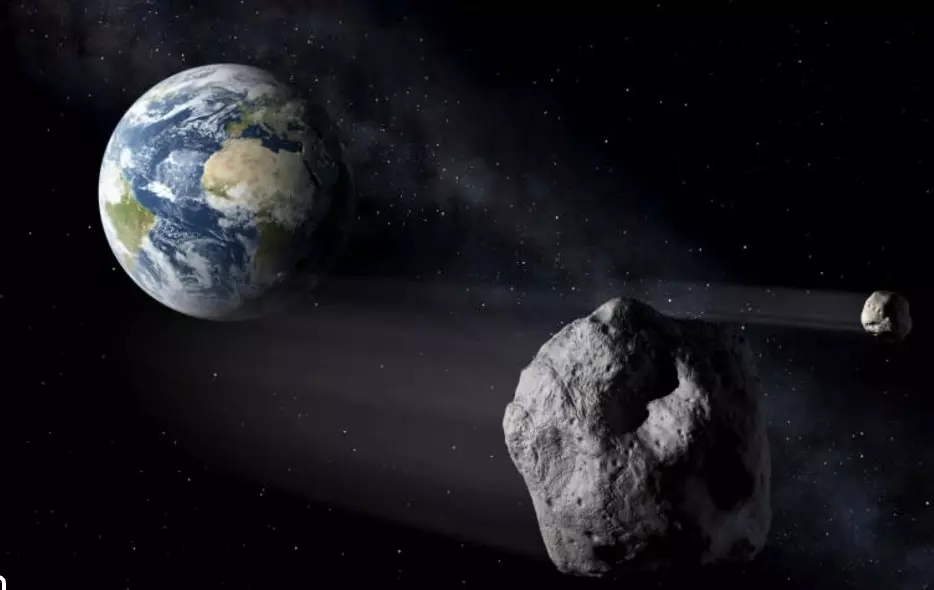Stadium-sized asteroid 2006 WB to safely zoom past Earth during Thanksgiving week
Stadium-sized asteroid 2006 WB to safely zoom past Earth during Thanksgiving week

Asteroid 2006 WB is set to make a close, yet safe, pass by Earth on November 26. This event is part of a larger narrative about near-Earth objects (NEOs), a category that has grown to nearly 40,000 known objects, with over 2,300 discovered in 2024 alone. This increase in discoveries is thanks to advances in observational technology.
Asteroid 2006 WB: What We Know
Asteroid 2006 WB is approximately 100 meters (380 feet) in diameter, though this size is an estimate. It will pass by Earth at a distance just over twice that from the Earth to the Moon. While the exact size of 2006 WB is uncertain, it is considered stadium-sized. NASA's NEO database suggests it could be larger or smaller, with significant error margins.
Insights from Experts
Nick Moskovitz, an astronomer and asteroid expert at Lowell Observatory, notes that our knowledge of such asteroids is limited, not because they pose a growing threat, but because new NEOs are discovered frequently due to improved technology. He highlights the capabilities of modern telescopic surveys that scan the night sky, leading to the discovery of many new objects.
"The frequency of these discoveries has increased so much that it's hard to keep up. This is a testament to the enhanced capabilities of telescopic surveys," Moskovitz explained.
The Bigger Picture of NEOs
The European Space Agency’s Near Earth Object Coordination Centre has emphasized the significance of these discoveries, noting that October alone saw over 450 new NEOs identified, a record for any month this year. These advancements mean we are often unaware of close encounters until they are happening, as these objects are easiest to spot when they are near.
Future of NEO Tracking
The future of NEO tracking looks promising, especially with the upcoming operations of the Vera Rubin Observatory's 8-meter telescope in Chile, set to start next year. This facility, funded by the U.S. National Science Foundation and the U.S. Department of Energy’s Office of Science, will provide even more lead time for asteroid discovery.
Public Engagement in Astronomy
Lowell Observatory in Flagstaff, Arizona, is making strides in engaging the public with astronomy. The recently opened Marley Foundation Astronomy Discovery Center aims to bridge the gap between active research and public knowledge. This center offers an interactive experience, showcasing the latest in astronomical research to visitors of all ages.
"We are an active research institute with a dozen astronomers currently conducting research. Our goal is to share the cutting-edge developments in astronomy with the public," said Moskovitz.
As asteroid 2006 WB makes its close approach, it serves as a reminder of the advancements in our ability to detect and track NEOs. With continuous improvements in technology, our understanding and preparedness for these celestial objects will only grow, ensuring that events like this one are more predictable and less alarming for Earthlings.

